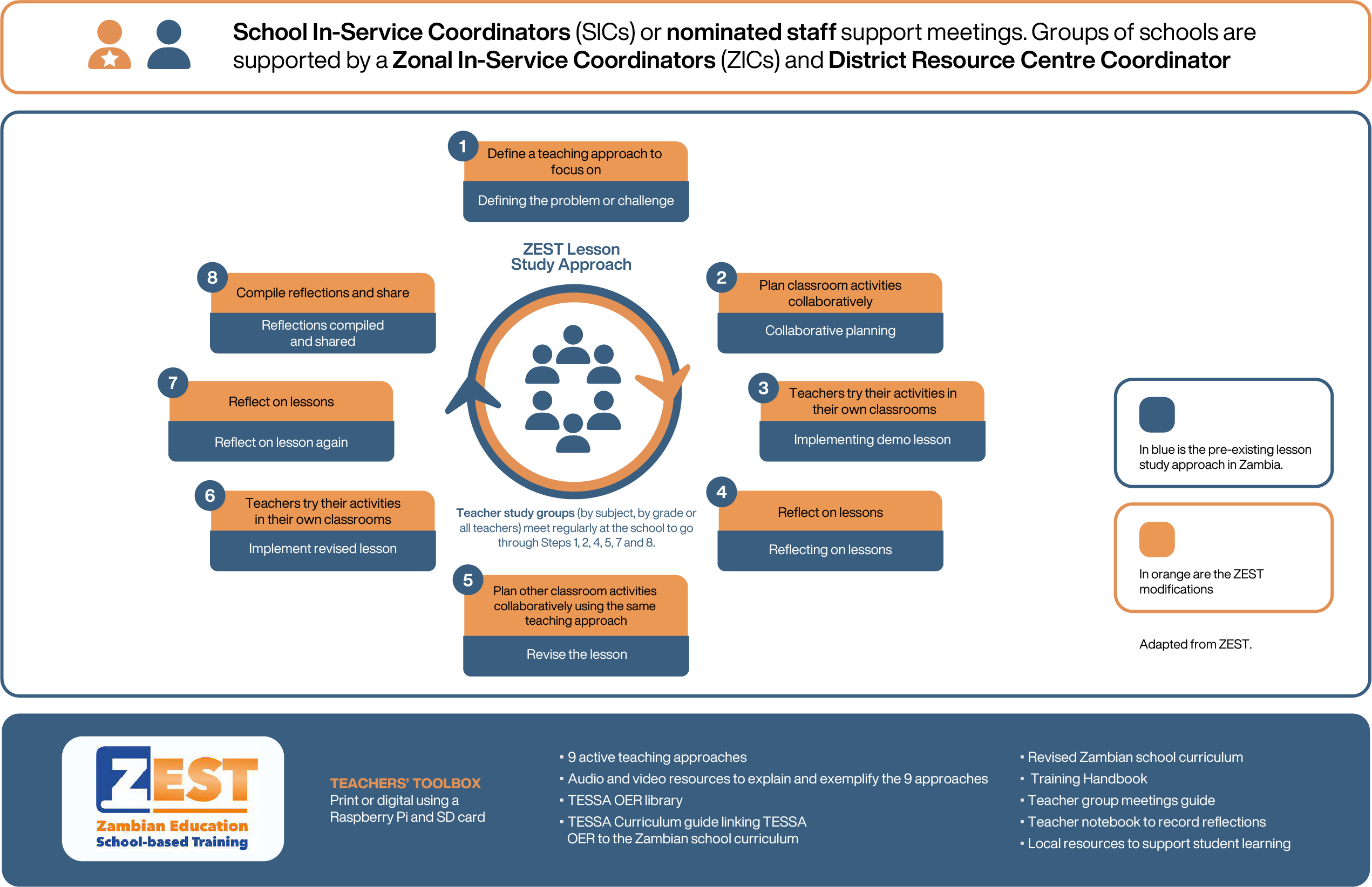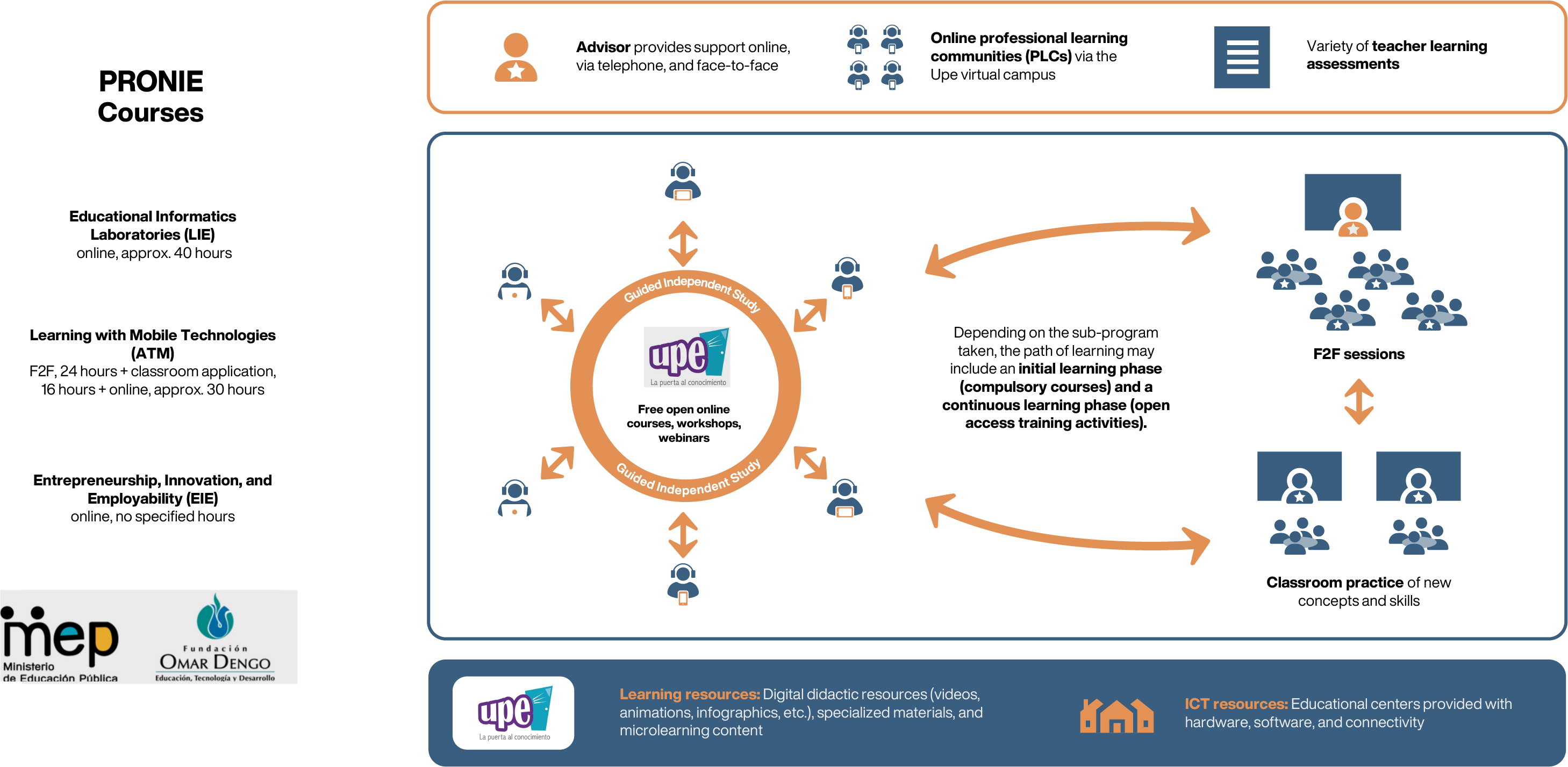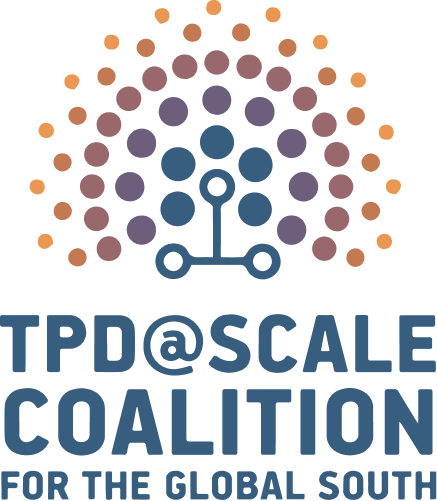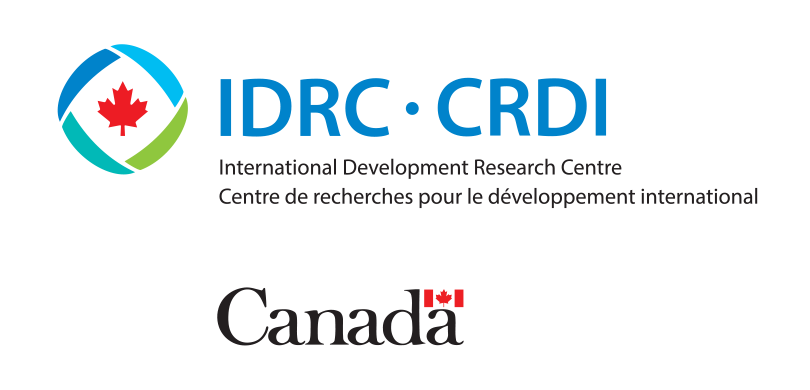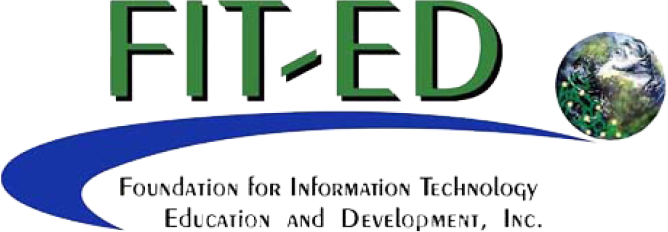Introduction
ZEST aims to create and implement a scalable and “enhanced” approach to the existing school-based teacher development program and contribute to improving the quality of teaching and learning experiences for children in primary schools in Zambia’s Central Province.
ZEST was co-designed with Zambian teachers, building on existing practices and supporting an active, learner-centered approach to teaching that will improve learning outcomes in Zambia.
Key features of the ZEST model
- In the ZEST Lesson Study Approach, school-based teacher study groups agree on the focus for collaborative improvement based on diagnoses of their own professional needs.
- Teacher study groups meet regularly at the school level either in subject groups, by grade, or as a whole staff to undertake activities 1, 2, 4, 5, 7, and 8 described in the diagram on the next page. The frequency and size of meetings are decided at the school level.
- The cycle is repeated with a different pedagogic focus.
- School In-Service Coordinators (SICs) or nominated members of staff facilitate the meetings. Schools are grouped into zones, and SICs are supported by Zonal In-Service Coordinator (ZICs). ZICs are then supported by District Resource Centre Coordinators (DRCCs). All of these are pre-existing roles within the Zambian education system.
- To enable, support, and enhance teacher use of the ZEST Lesson Study Approach, ZEST provides teachers a Teachers' Toolbox containing both traditional and digital resources and tools. The Teachers’ Toolbox includes:
-
- Nine active teaching approaches
- Audio and video resources to explain and exemplify the nine approaches
- TESSA OER library
- TESSA Curriculum guide linking TESSA OER to the Zambian school curriculum
- Revised Zambian school curriculum
- Training Handbook
- Teacher group meetings guide
- Teacher notebook to record reflections
- Local resources to support student learning
-
All the resources and tools in the Teachers’ Toolbox are currently text-based to ensure that all teachers can access them. They were initially printed for teachers in Cohorts 1 and 2 but the project now provides resources to subsequent cohorts via Raspberry Pi devices using an SD card. These devices allow teachers to access materials offline and can also act as a wi-fi hub. Schools appoint a “digital champion” trained by World Vision. The digital champion then supports other teachers in their school to contextualize learning. In the current phase of the project (Phase 2), up to 420 schools will be provided with Raspberry Pi devices. Where possible, teachers are encouraged to use their smartphones (if they have them) should there not be enough Raspberry Pi devices for the teachers to share.
ZEST provides a strong example of working within and enhancing existing systems through working with education officials and the already established lesson study format of TPD that preceded ZEST. During the pandemic, the project adapted by engaging in remote support via WhatsApp to form informal communities of practice (COPs) and for general communications, and through workshops on Zoom.
At the end of the project in 2022, the training program and resources will be made available online and free from copyright to teachers and educators throughout Zambia, thus enhancing sustainability.
